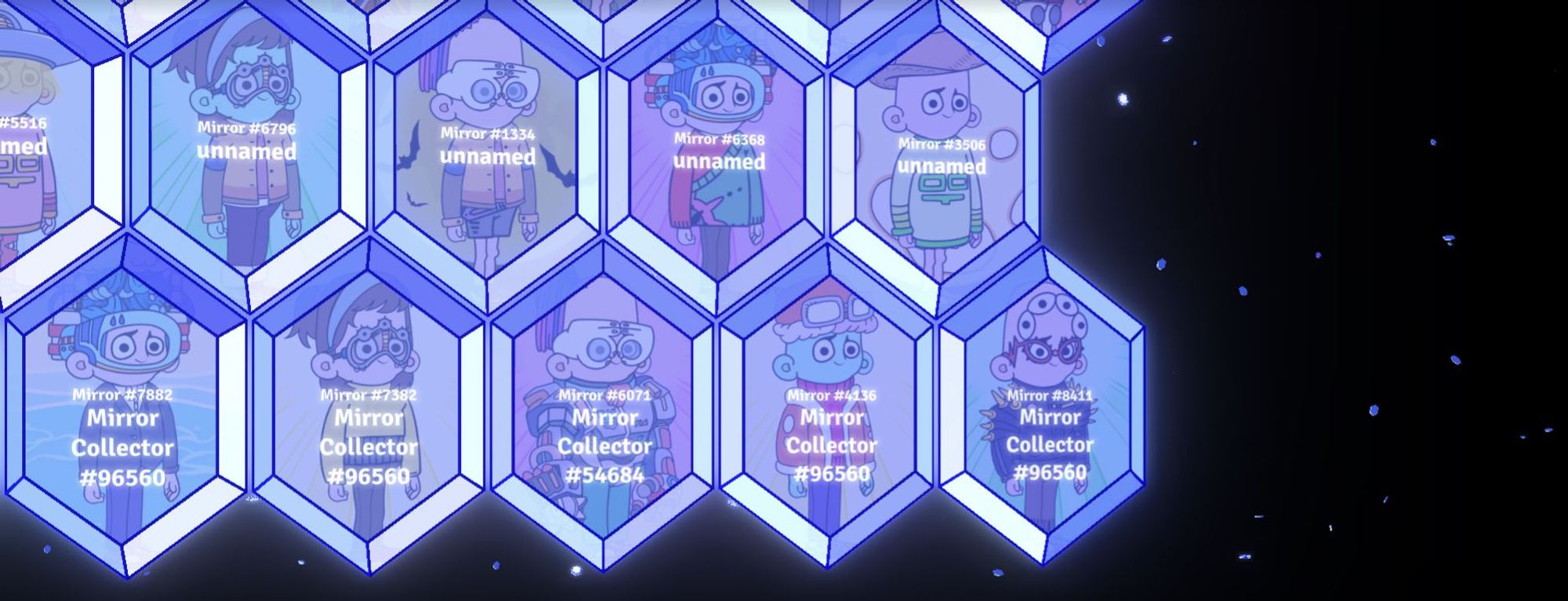Table of Contents
Do not index
Do not index
content plan
keyword
keyword list
topic search volume
In the world of decentralized applications (dApps), tokenomic play a crucial role in determining the success and sustainability of a project. Over the past year, there has been a significant shift in the way tokenomics is being used for web 3 projects.
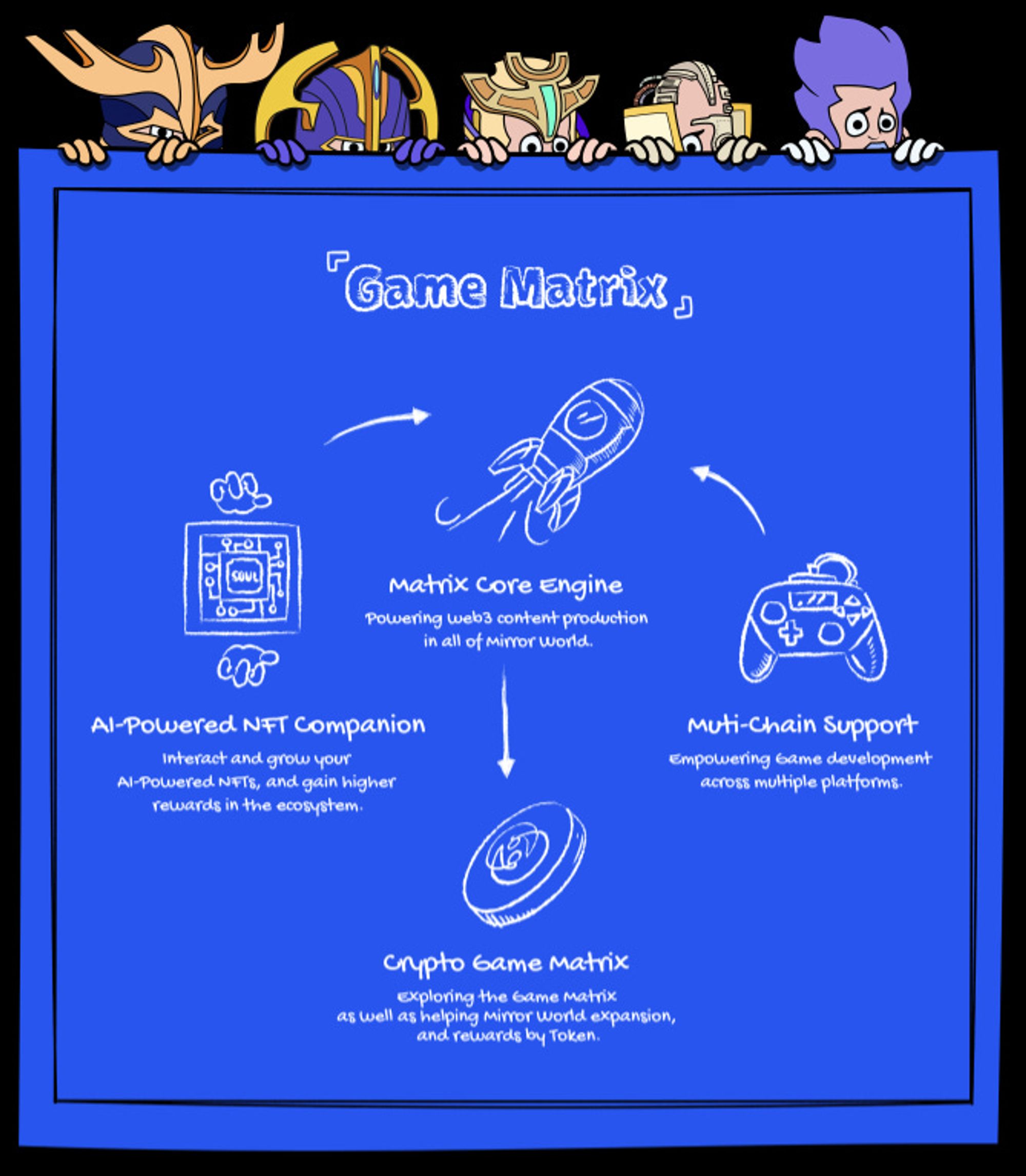
Rather than being solely the profit indicators and focused on user acquisition, tokenomics empowers the ever-evolving business models of web 3 projects - Tokennomics is now designed to help developers create sustainable web 3 ecosystems with enhanced user engagement capabilities.
In this blog we will discuss some cutting edge trends emerging within tokenomic design today. A Sneak Peak:
- Token For Web 3 Mass Adoption
- Value Capture
- Shared Ownership
- Community Buiding and Network effect
- From Token to Token-Gated Identity/Service
- Less about earning
Token For Web 3 Mass Adoption
Value Capture
In many cases, token design in ecosystem projects is used to align the interests and value flow of multiple participants in the platform. This is typically achieved by designing mechanisms to quantify the different contributions of ecosystem stakeholders and ensuring that they are fairly rewarded for their efforts.
As early pinonners of using token incentives this way, Braintrust uses its native token BTRST to bootstrap employer and talent engagement on its Web 3.0 talent marketplace.
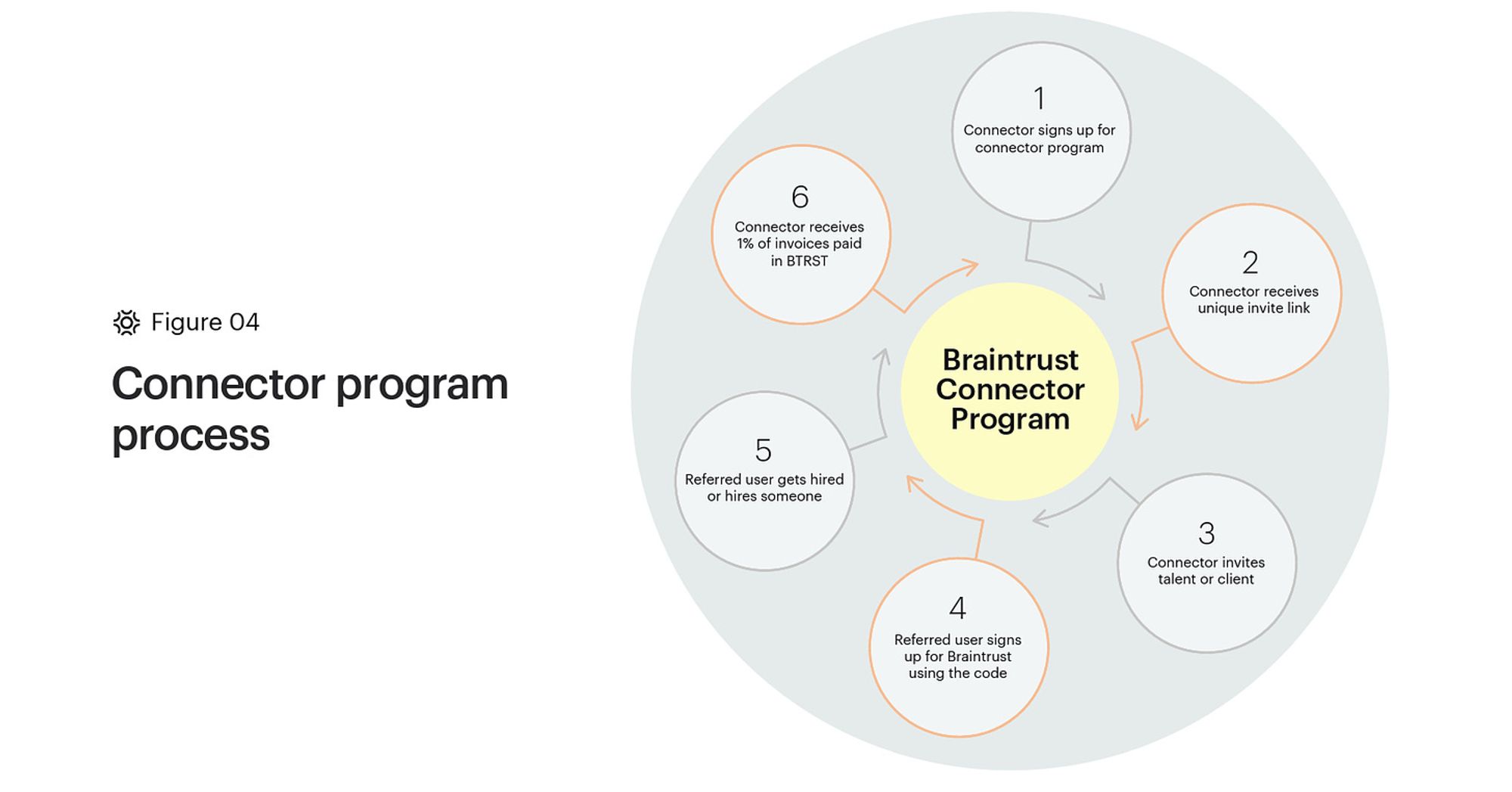
Braintrust tokenomics involve connectors, employers, and talent who play important roles in the job seeking process. Connectors earn BTRST tokens by bringing new employers and talent into the network.
Employers use BTRST to advertise job openings and talent can use BTRST to indicate their availability for work or to access certain employment or skill-related resources and discounts on the netword
In addition to that, stakeholders can also earn BTRST as rewards or by staking them as a way to build their reputation within the network. Additionally, stakeholders can get involved in the governance framework of the Braintrust network.
Similarly, the design of the tokenomy for the Magic Store aims to involve multiple stakeholders in the process of listing applications on the web 3 app store.
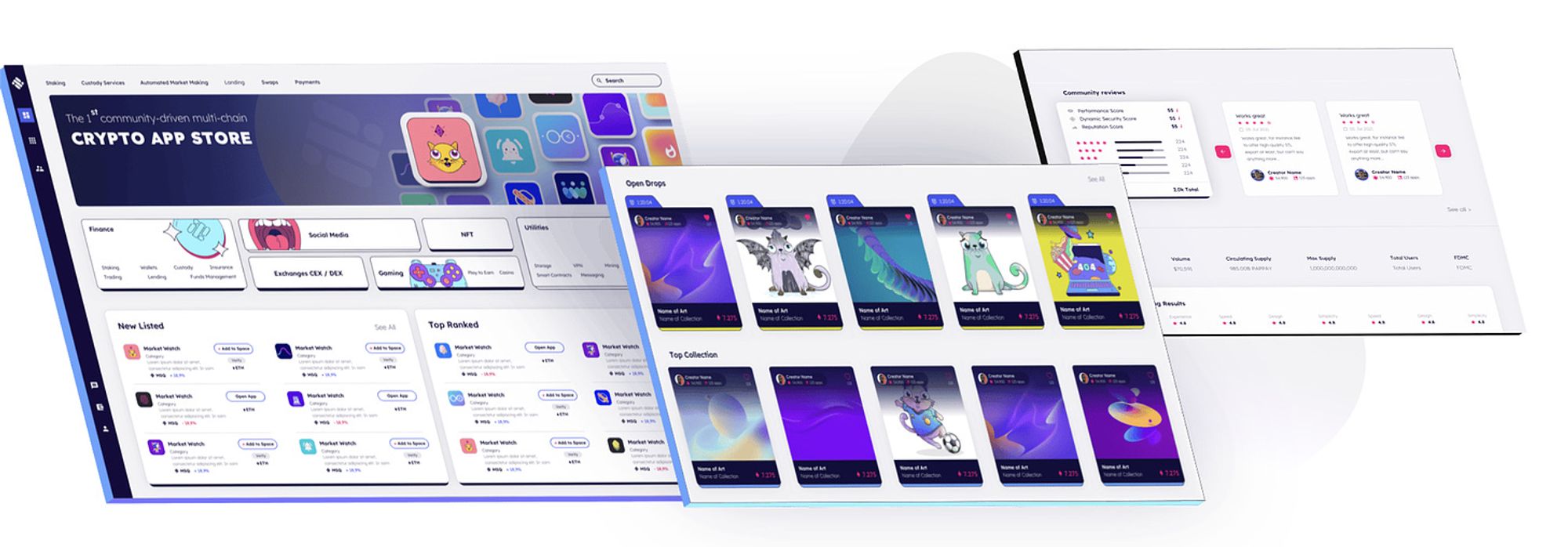
App creators can stake native Magic tokens in order to be listed on the Magic Store. This helps to ensure that only high-quality, legitimate applications are listed on the platform, as app creators have a vested interest in the success of their applications and will be motivated to create and maintain high-quality apps in order to maintain their listing on the platform.
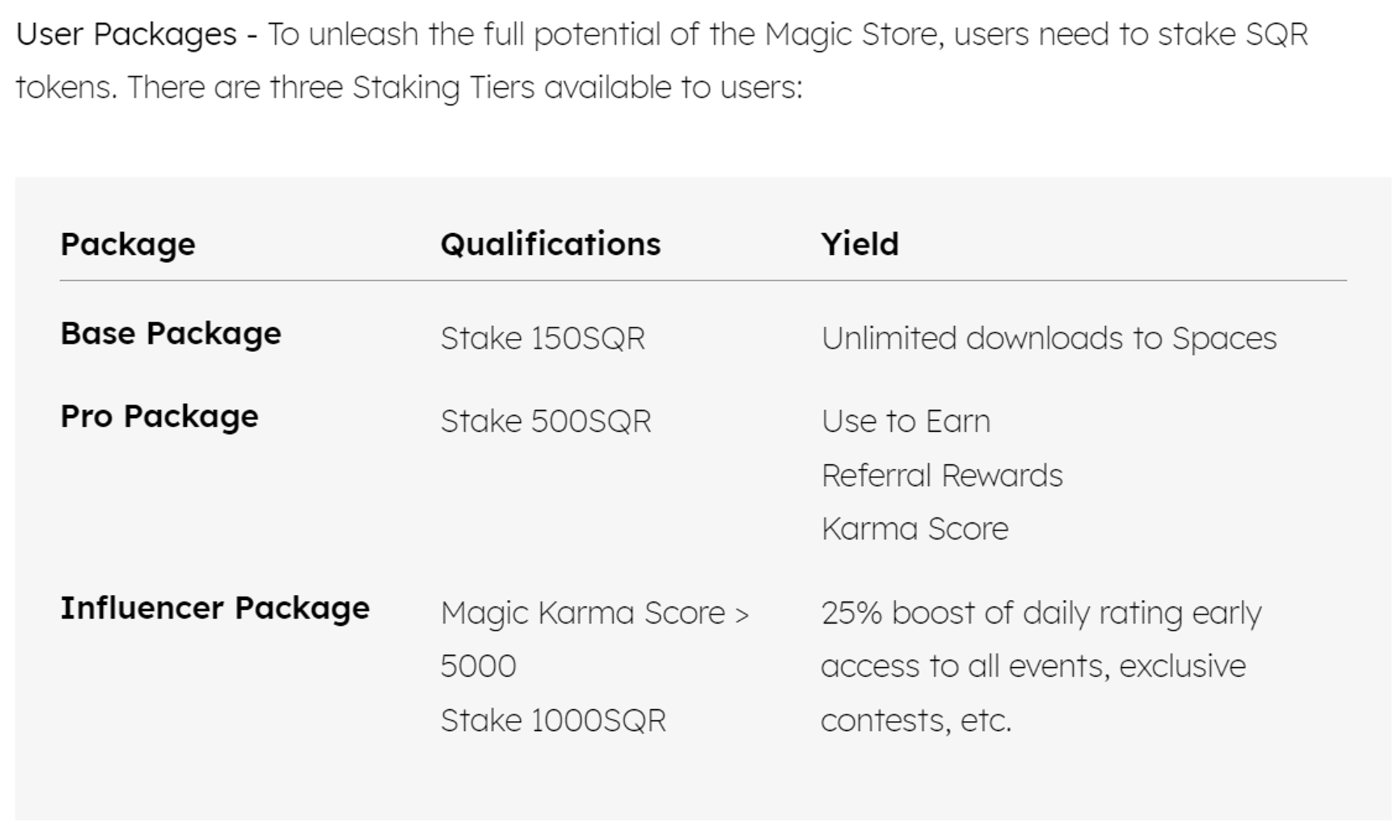
Users, on the other hand, need to stake Magic tokens in order to download applications from the Magic Store. This incentivizes users to actively engage with and use the platform, as they have a financial stake in the success of the platform through their staked tokens.
Overall, the design of the tokenomy for the Magic Store aims to create a healthy ecosystem in which all stakeholders - app creators, users, and connectors and validators - have a vested interest in the success and integrity of the platform.
Shared Ownership
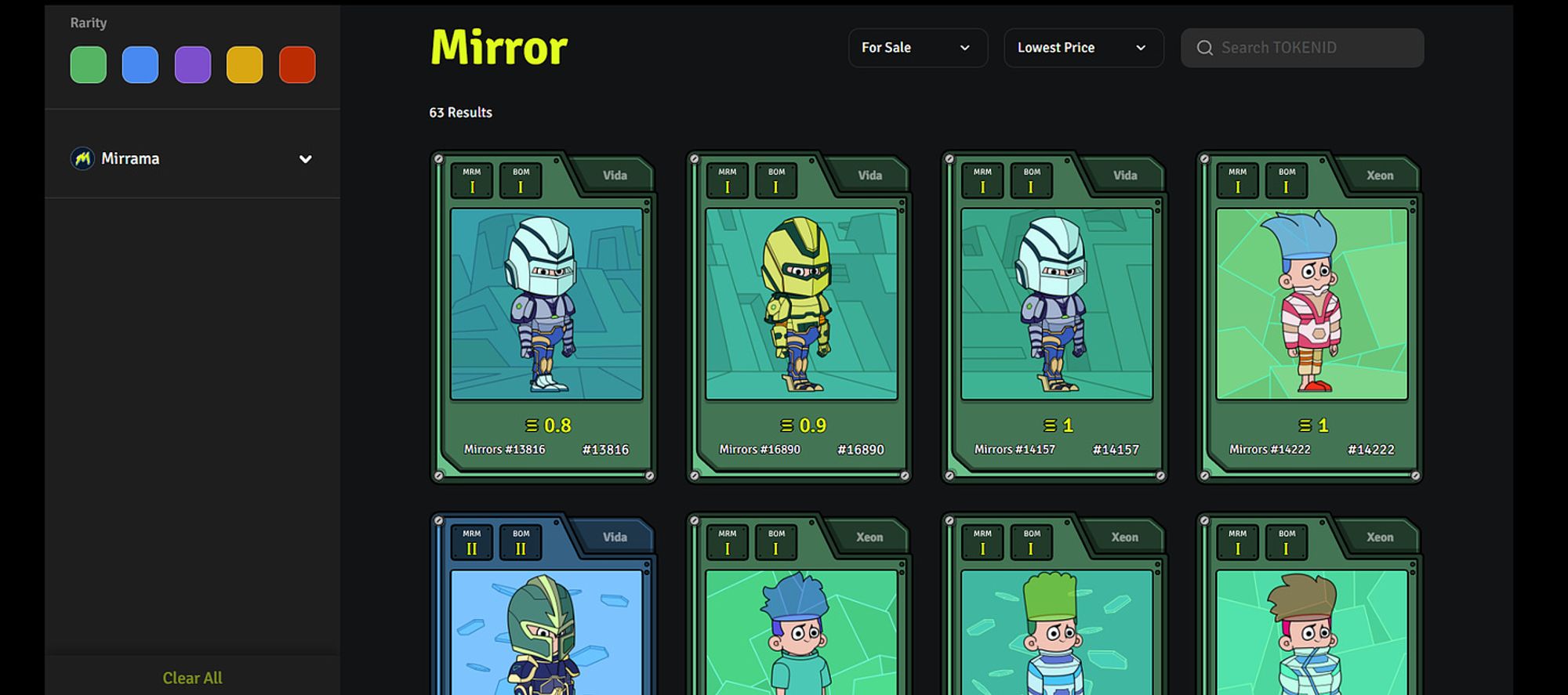
One of the side effects of tokenization of value is that it can lead to the growth of an ecosystem as the value of the token increases. This is particularly evident in many social network applications and protocols, which often offer token-gated ownership or governance rights to their users as their primary value proposition.
As opposed to the traditional web 2 social networks where most of value added by content creators are monetized by a centralized platform. A token of a Web 3.0 ecosystem, whether it is fungible or non-fungible, now usually represents both the economic interests and ownership of its participants.

Bonfire is a homepage for communities - featuring social-token controlled airdrops, events, content, merchandise, and engagement rewards. Bonfire advocates BYOT (Bring your own token) for each community using its protocal. In this way, price flucatuaions of social tokens reflects demand for joining community and thereby provide added value to both content creators and community participants.
Community Building and Network effect
The value of a token can serve as a flywheel for community growth and user acquisition. When the value of a token increases, it can create a positive feedback loop that attracts more users and investors to the community.
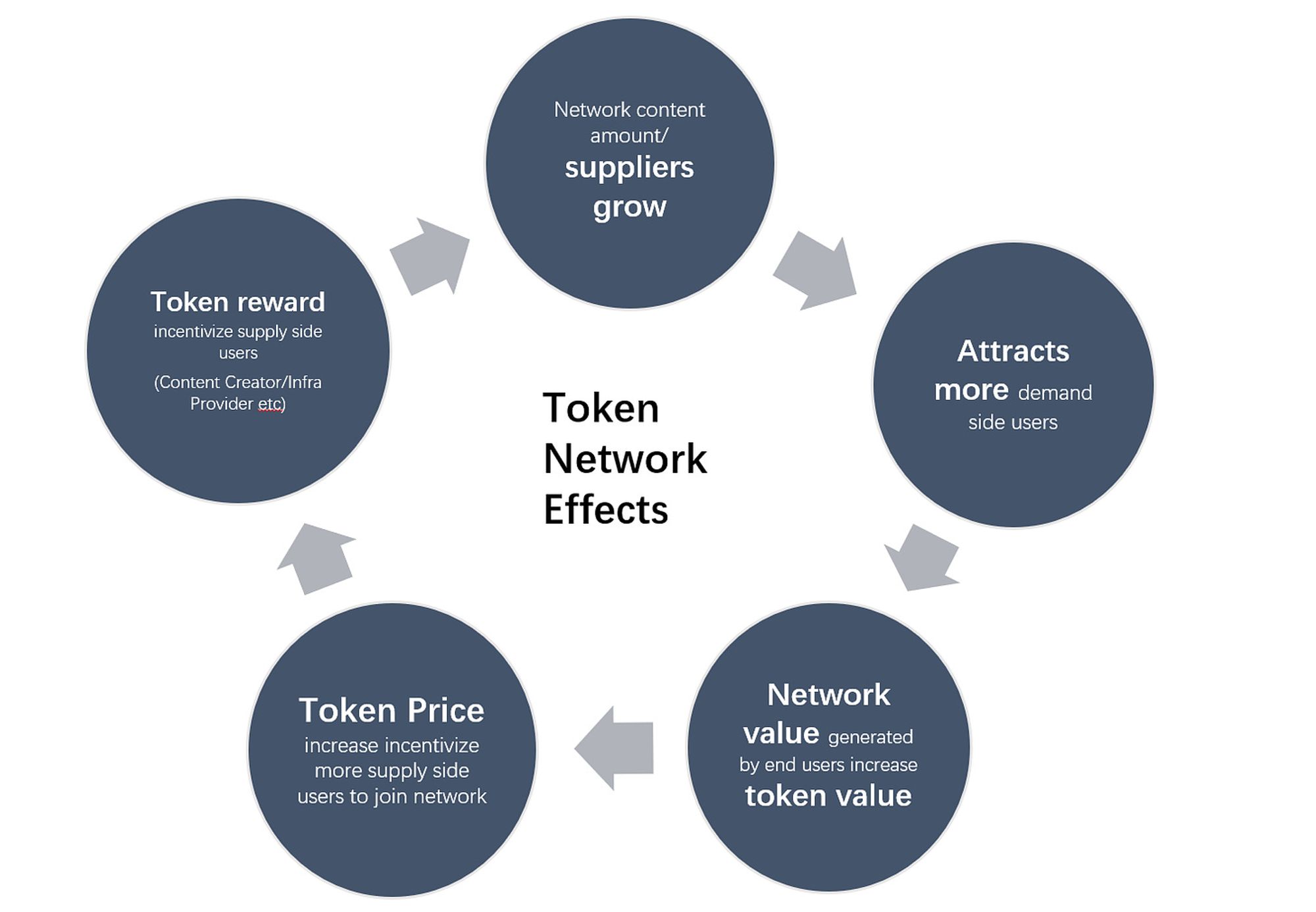
This can lead to further increases in the value of the token, which can then attract even more users and investors, and so on. This process can be self-sustaining and can drive the growth of the community and the adoption of the token. Many projects utilize the nature and tokenomy design.
Hooked Protocal aims to facilitate the widespread adoption of web 3.0 through its User Growth Engine, which is powered by Hooked users (also known as KOCs). These users invite their social connections to join the Hooked community, helping to drive its decentralized growth.
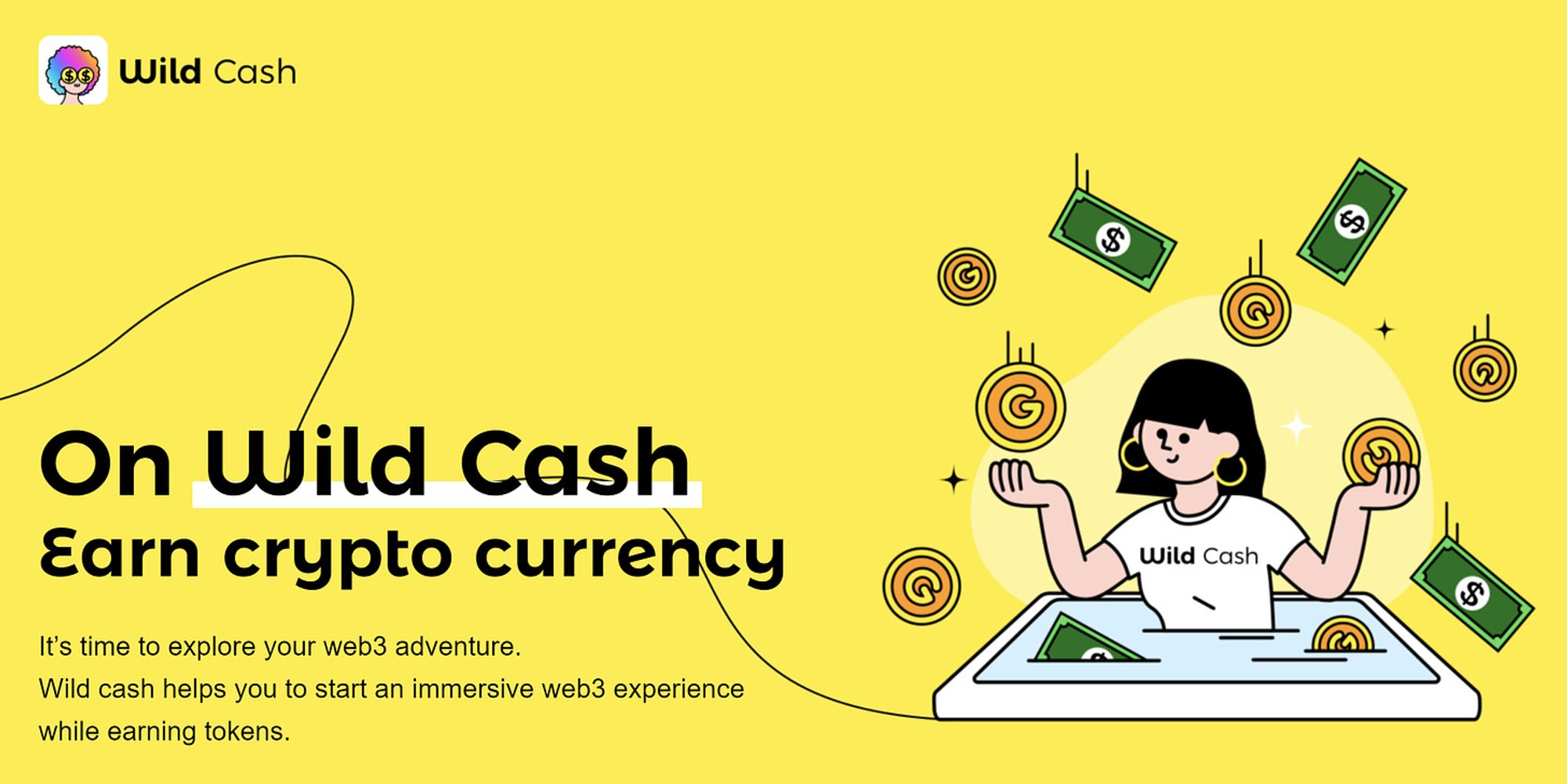
This growth engine is crucial for the organic expansion and high engagement of Hooked community members, which is necessary for effective and efficient user acquisition for Hooked ecosystem applications. As of November 2022, Hooked has over 250,000 KOC nodes, with each existing member bringing in more than one new member to the community
Token incentives can also help to coordinate activities in the real world and facilitate the building of networks by providing a way to kickstart both the supply and demand sides of a network.
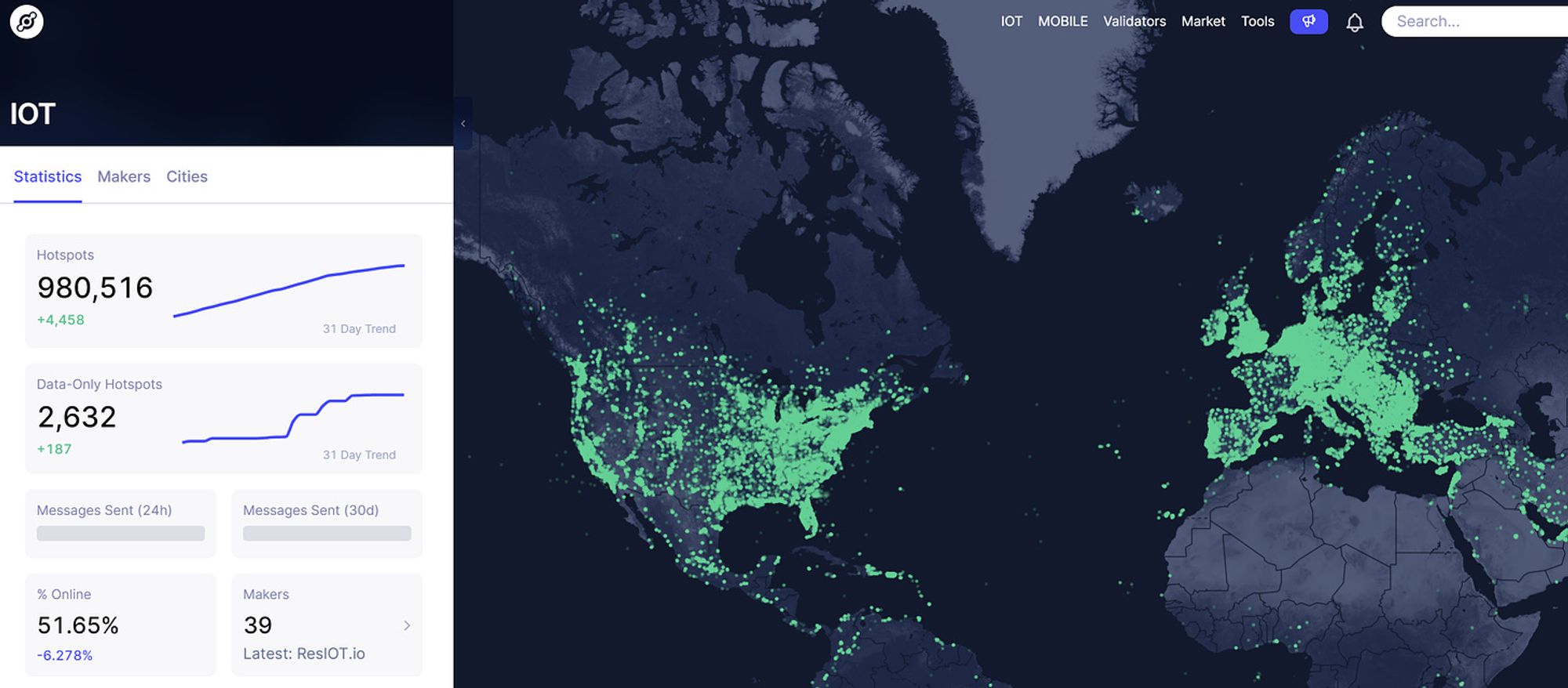
Helium was able to demonstrate the effectiveness of this approach by providing rewards to those who deployed hotspots, the company was able to grow its IoT network from 30,000 to over 900,000 physical hotspots in 170 countries.
The use of token incentives can facilitate the rapid global expansion of networks, as they are not limited to any particular currency. Because these systems are owned and controlled by all of their participants rather than being owned by a small group of shareholders, they are able to scale more easily and reach a wider audience.
From Token to Token-Gated Identity/Service
Token-based systems often provide open data and decentralized identity, which gives token owners a role in the ecosystem beyond just serving as an economic incentive. We saw many cases of ‘reputation system’ or ‘credibility system’ established based on token ownership.
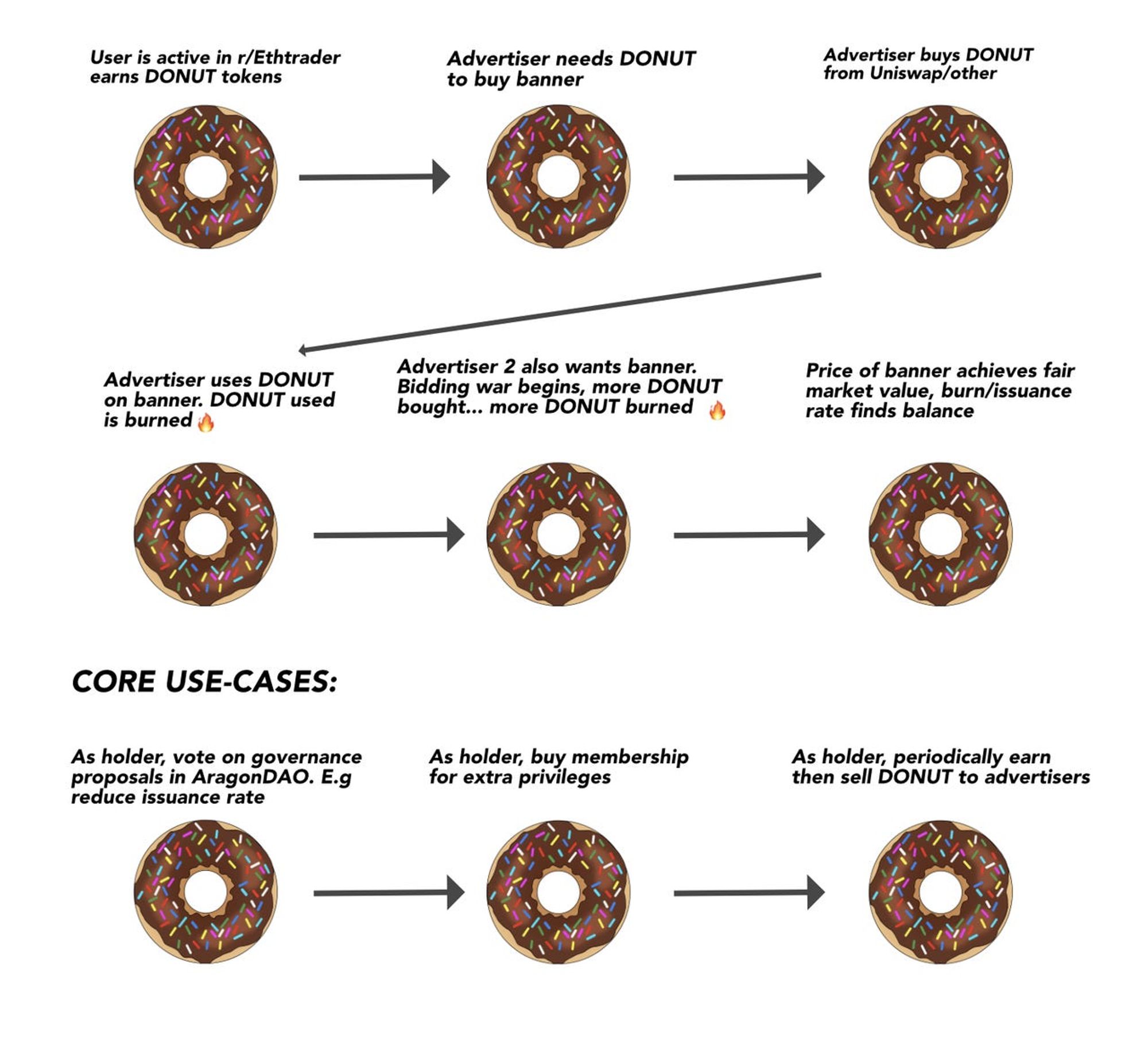
In the past, tokens were often used as a form of currency that could be "spent" in exchange for services. However, more recent designs have incorporated the use of "staking," where tokens can be held for a longer period of time while still providing liquidity for transactions involving multiple different tokens.
Different token designs serve to improve various aspects of the ecosystem, but all aim to provide value to the participants in the system. Some examples of such use cases include:
- IoTeX is a blockchain platform that is powered by IoT devices and data. It has implemented a Burn to Certify program in its token design in order to improve network presence and coverage. This program involves the burning of the native token in order to become a certified node on the IoTeX IoT blockchain network.
- Many gamefi projects has nvolved loyalty points system that quantify game progress and in-game reputation. For example, PWRUP sells nft passports as gated-service for gamers and earn in-game loyalty points in their game ecosystem.
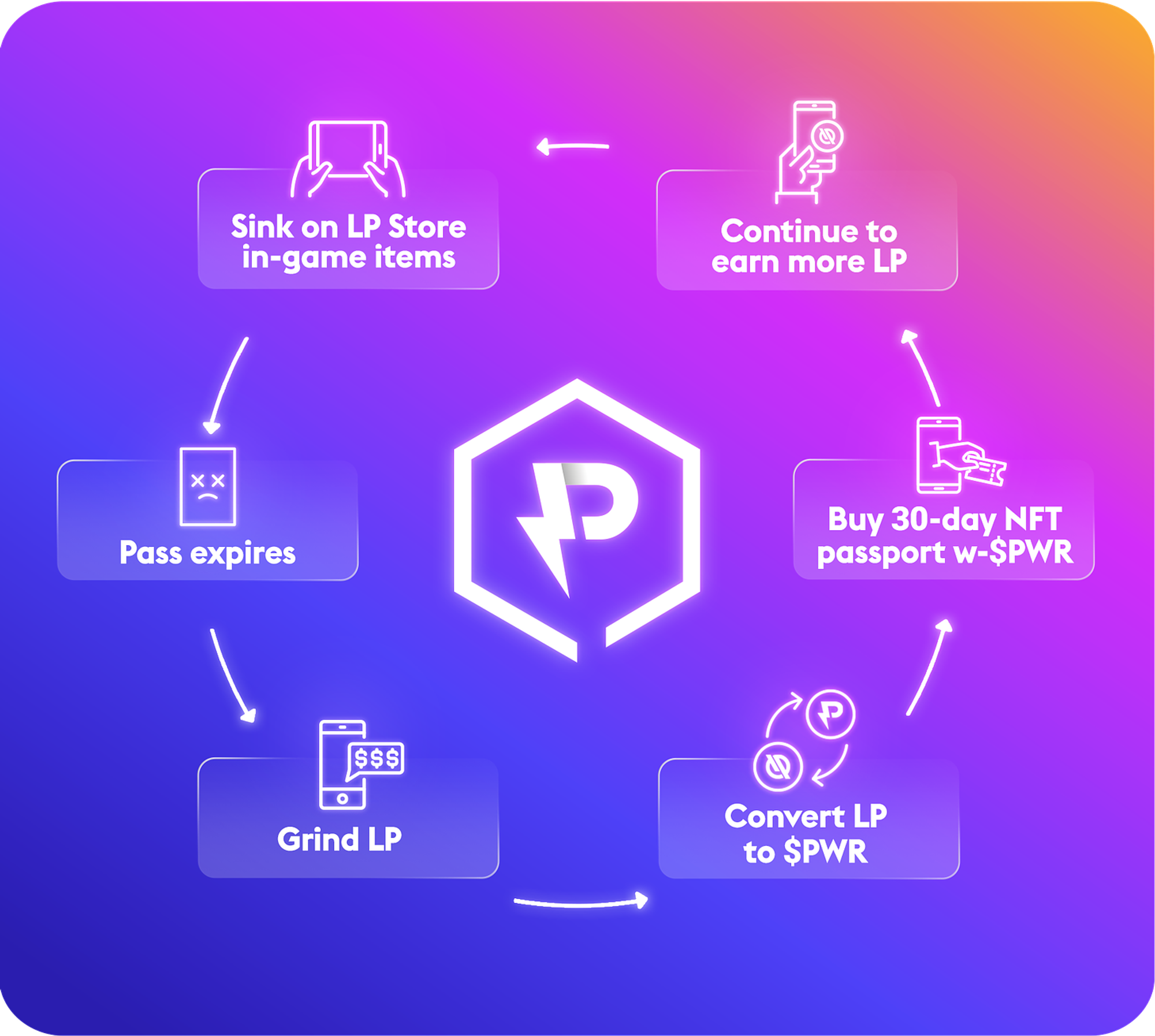
- Chainlink - has raised a design to improve its oracle service security via staking mechanism. If an oracle network fails to fulfill the requirements specified in its on-chain SLAs, a portion of the staked native token LINK can be slashed away and redistributed as a penalty. This serves as an incentive for the oracle network to uphold its commitments outlined in the SLA.
Less about earning
In the world of crypto gaming, which Mirror World is more familiar with, we have observed a decrease in the prevalence of "play to earn" practices. Gamefi's approach popularized the idea that playing games can earn money, but for smaller game studios, it is difficult to compete with the many low-quality options that have emerged and that prioritize earning over the actual game.
StepN has a strong concept that has attracted many web 2 runners to the crypto world. It has a well-designed tokenomics system, fair user experience in terms of blockchain features, and a powerful early stage macro strategy that has allowed for rapid expansion in the user base. However, this success has also attracted crypto earners who have gradually drained the system.
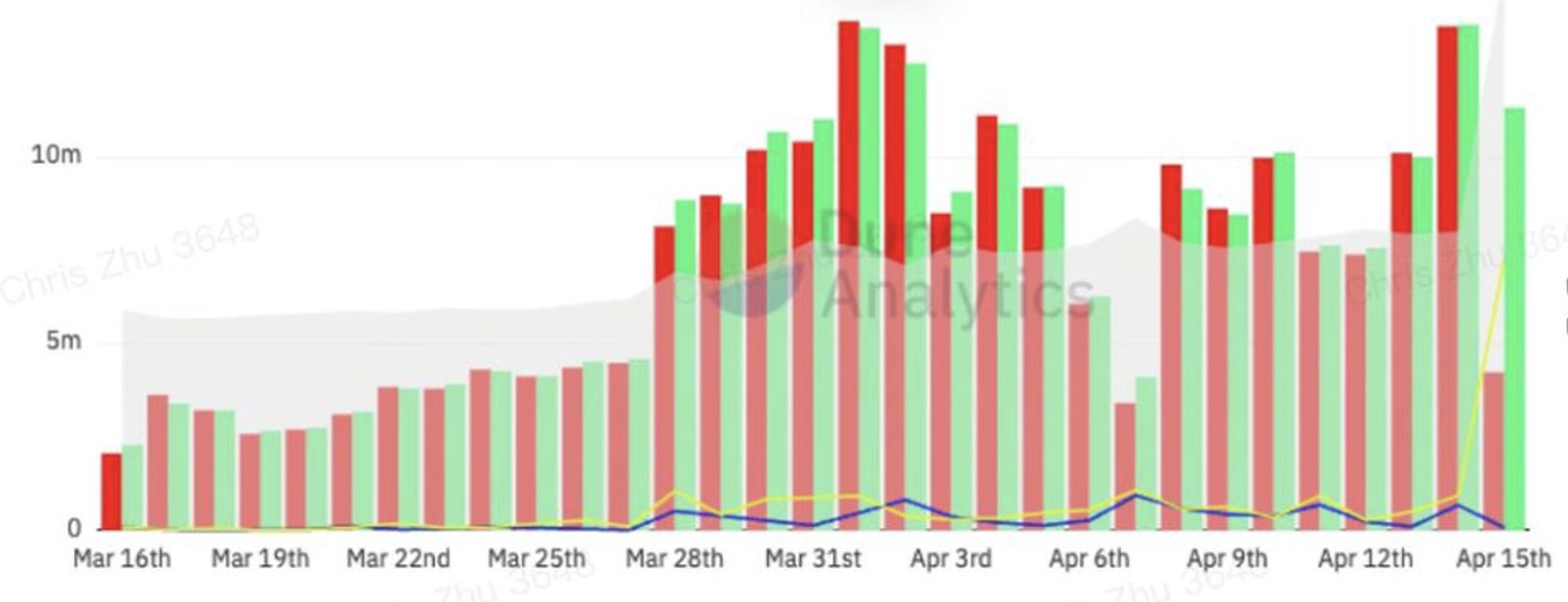
We have seen tokenomics designs that provide solutions to prevent draining of the system by crypto earners and allow users to focus on the game, product, or community itself.
- Free to play - Users do not need to purchase non-fungible tokens (NFTs) as a requirement to access game content and there is no need to calculate a "break-even" point. Worldspark Studios, which is designing multiple games, has emphasized that their tokenomics design does not give any advantages through the on-chain design, ensuring fairness and the best user experience in the game.
- Delayed incentive - Splinterlands encourages players to stake their SPS tokens for the chance to earn daily rewards. Many Gamefi projects have adopted a model where an off-chain utility token is used in the game and an on-chain revenue token is recognized, such as PWRUP loyalty points, but there is not an immediate economic incentive.
- No optimal strategy - Buidler DAO advocates for a "no optimal strategy" when designing its DAO contribution system, allowing users to choose to contribute and earn from the ecosystem based on their own best interests.
In other words, in-game tokens should be "useless" enough for gold diggers but "useful" enough for genuine players.
Conclusion
Blockchain technology offers the necessary components for trustless collaboration, shared ownership, and decentralized identity, which are values that we believe are important for any project.
However, despite its potential, blockchain has not yet achieved widespread adoption. Mirror World aims to bridge this gap by focusing on the technology layer and encouraging more builders and developers to contribute to the system in order to bring more value to the blockchain ecosystem.

Build your application with Mirror World Smart Platform
Read our full deck here. Mirror World Smart Platform now supports EVM-compatible chains!!!

